How to Easily Make DIY Castile Soap With Olive Oil & Lavender Scent

Today I am showing you how to make DIY Castile soap, which is gentle and has a silky lather.
Castile soap differs from regular soap in that's it's more eco-friendly. Instead of using animal fats, vegetable oils are used, such as olive oil. In this tutorial, I'm making a simple pure olive oil soap infused with lavender essential oils.
Let's get started.
Tools and materials:
- Olive oil
- Sodium hydroxide
- Lavender essential oil
- Alcohol spray
- Plastic mixing bowl
- Spatula
- Hand blender
- Measuring glasses
- Gloves
- Goggles
- Apron
- Setting mold for soap
- Towels
- Bottles
- Soap cutting tool or knife
1. Heat up the oil
Heat up 34 fl oz of olive oil on the stove using a hot water bath.
2. Add sodium hydroxide
Add 4.5 oz of sodium hydroxide (also known as lye) to 12.5fl oz of distilled water.
In order to protect yourself wear gloves, goggles, long sleeves, and an apron. Make sure the room is very well ventilated.
3. Cool
Remember, this can get very hot, so leave the mixture to cool until it is 122-140°F.
4. Add olive oil to a bowl
Pour the olive oil into a bowl. Make sure to measure the temperature of the olive oil before taking it off the heat. It needs to be 167-185°F.
I like using plastic bowls when making my soaps, but you can use glad or another material, if you prefer.
5. Measure the temperature
Measure the temperature of the olive oil again. This is to make sure that the temperature of the olive oil stays at 167-185°F throughout the soap-making process.
6. Add in the lye
Pour in the lye solution slowly, stirring with a spatula as you go.
7. Blend
Blend the solution with a hand blender until it thickens. Be patient, it will thicken with time, but it will not thicken like a regular soap solution.
8. Add the essential oils
Add 0.7 fl oz of lavender oil to the soap solution.
9. Blend
Go back in with the hand blender to make sure the essential oils are well mixed with the soap.
10. Prep the mold
Spray alcohol on your soap mold of choice.
11. Pour the solution
Pour the soap solution into the mold. You can see here that the solution has thickened up.
12. Spray alcohol
Spray alcohol on top of the soap. This will help the setting process.
Tip: bang the soap a few times to get rid of air bubbles.
13. Wrap the mold
Wrap the soap mold up in a blanket and leave it to rest in a corner for 48 hours.
I placed two bottles on either side of the soap and placed a blanket on top, making sure it doesn’t actually touch the soap.
This helps insulate the soap so that the heat does not escape.
14. Create a pattern
As the soap is setting, feel free to create a pattern at the top to give your soap a unique look.
It does not need to look neat. It’s the creativity that matters, just something to make the soap look less boring.
15. Take the soap out of the mold
Gently take the soap out of the mold. You can see it's still a little soft at the bottom, but that's ok.
If you soap is still really soft, leave it for another day or two to completely set.
16. Cut the soap
I am using a special cutting stencil but you can just use a regular knife if you do not have one at home.
I like to cut Castile soap much thicker than regular soap. It is very good for people with sensitive skin and it lathers really well.
Leave the soap to mature for four to six weeks.
DIY Castile soap tutorial
This is the finished result! Look how pretty these olive oil soap bars are. Making Castile soap at home is super easy and fun!
Remember to leave a comment down below if you try this at home.
Enjoyed the project?
Suggested materials:
- Olive oil
- Sodium hydroxide
- Lavender essential oil
- Alcohol spray
- Plastic mixing bowl
- Spatula
- Hand blender
- Measuring glasses
- Gloves
- Goggles
- Apron
- Setting mold for soap
- Towels
- Bottles
- Soap cutting tool or knife
The author may collect a small share of sales from the links on this page.
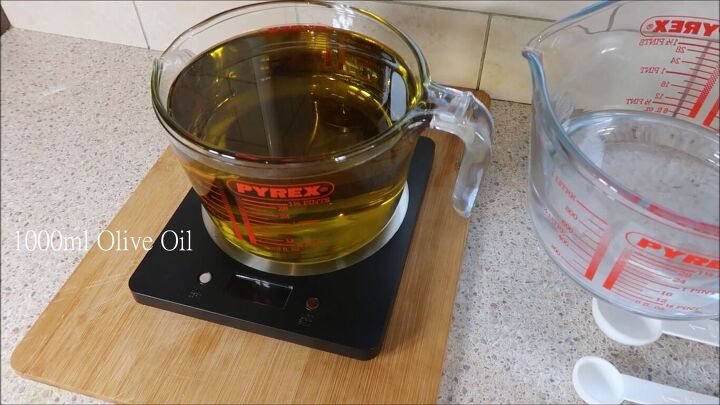




















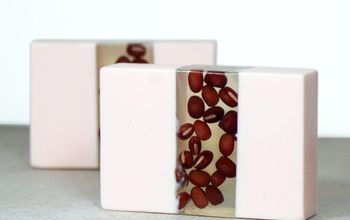
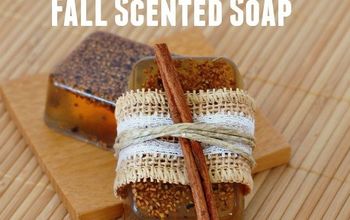
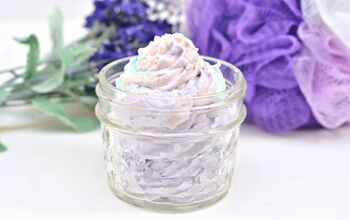
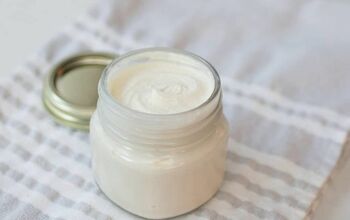
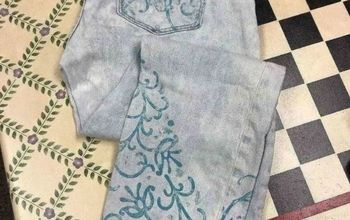
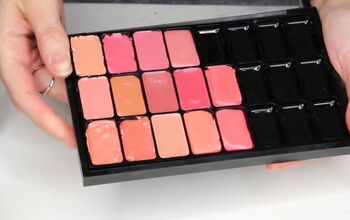


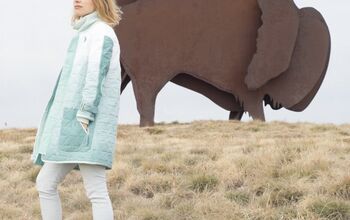
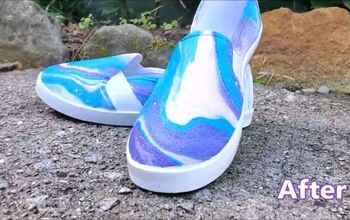
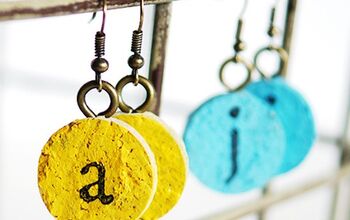

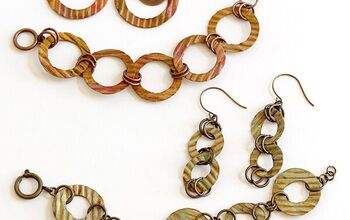

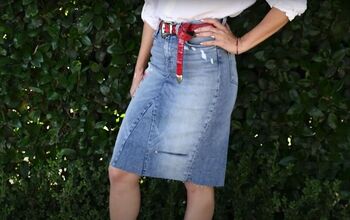
Comments
Join the conversation